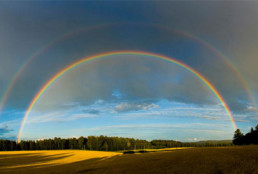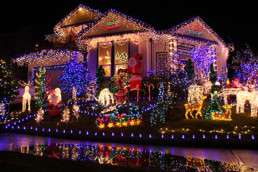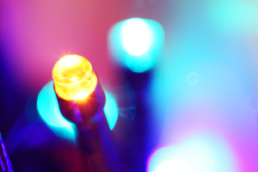Exploring The Colorful World of Rainbow Classification
We’ve all met Mr. Roy G. Biv, the helpful mnemonic device for remembering the colors of the light spectrum. What we may not have learned, however, is how much more complicated rainbows can be. As it turns out, there are many more different kinds of rainbows, some with fewer or greater colors that appear under unique and unusual circumstances.
As an example, during either sunrise or sunset rainbows comprised of only Red, Orange and Yellow may appear while the rest of the color spectrum, green through violet will not show. If you’re up on your viral video watching, you may remember the “double rainbow” video that was immortalized online. The Double rainbow effect is when a second rainbow refracts just above the first, creating the illusion that it’s just one rainbow with double the colors.
Not only can there be variations in the color, but certain colors can be more prominent. There can be gaps or even bright fringes of light in-between the colors, which are called supernumerary bows.
So, is there a way to classify all these different types of rainbows? Actually, yes! In the 1950s, the rainbow classification was established by the size of the raindrops that created them. The bigger the raindrops, the more vivid the colors of the rainbow were. Another way rainbows are classified is by how high the sun is above the horizon. At about 70 degrees, a rainbow presents much more blue and green, but when the sun sinks closer to the horizon, the colors red and yellow become much more prominent. When the sun is at its lowest point, the light needs to pass through more of Earth’s atmosphere and only red rainbows become visible.
It seems that Mr. Roy G. Biv is a much more colorful and complex character than we initially realized, with a new study finding around 12 different kinds of rainbows. No matter what, rainbows will continue to delight and mystify viewers who are lucky enough to spot them.










